Ehime Prefecture | A Key Region in Western Shikoku Supported by a Mild Climate and Abundant Water Resources
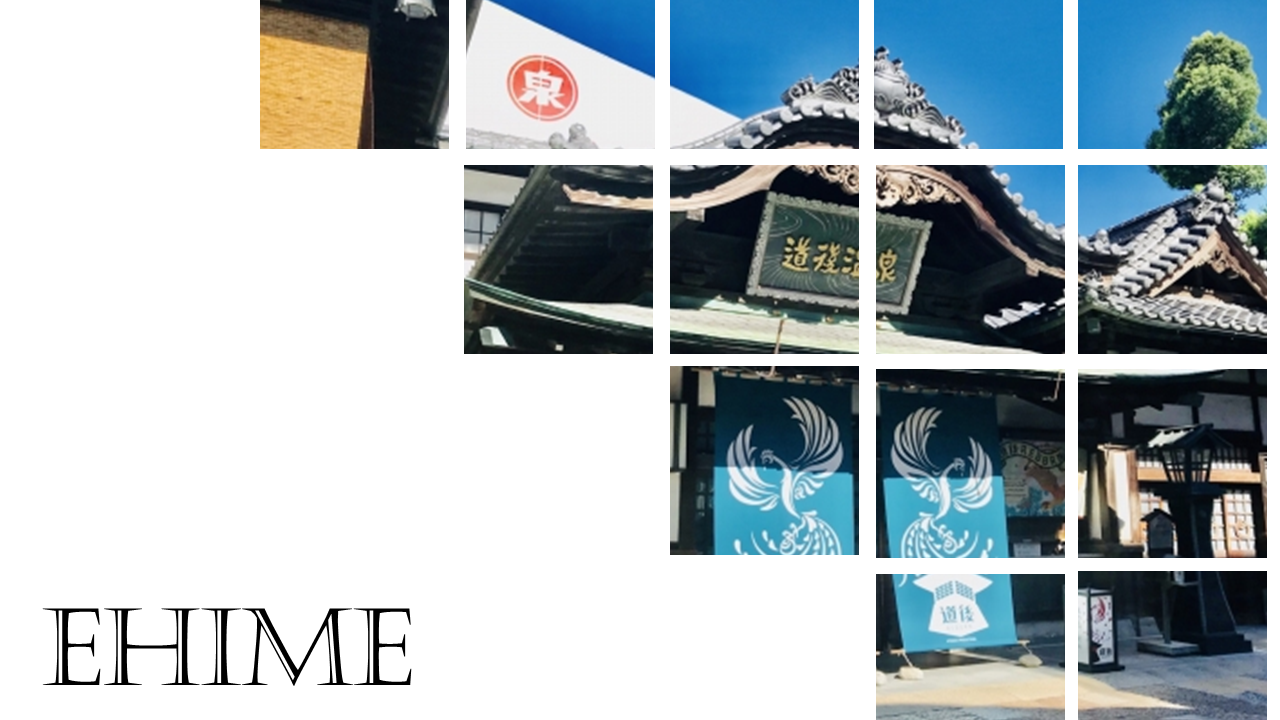
Ehime Prefecture | A Key Region in Western Shikoku Supported by a Mild Climate and Abundant Water Resources
Ehime Prefecture is located in the western part of Shikoku, blessed with a mild climate and abundant water resources along the Seto Inland Sea. The prefecture features diverse landscapes ranging from mountains to the sea, fostering a culture and industries deeply connected with nature.
Matsuyama City, the prefectural capital, developed as a castle town during the Edo period, and Matsuyama Castle still stands prominently in the city center today. The city is also home to Dogo Onsen, considered Japan’s oldest hot spring, long cherished as a place for relaxation. Since modern times, Matsuyama has served as a stage for literature and the arts, preserving its cultural atmosphere.
Ehime is nationally known as a major producer of citrus fruits. Particularly, high-quality varieties such as mikan, setoka, and kanpei thrive thanks to the warm climate and well-drained terraced fields.
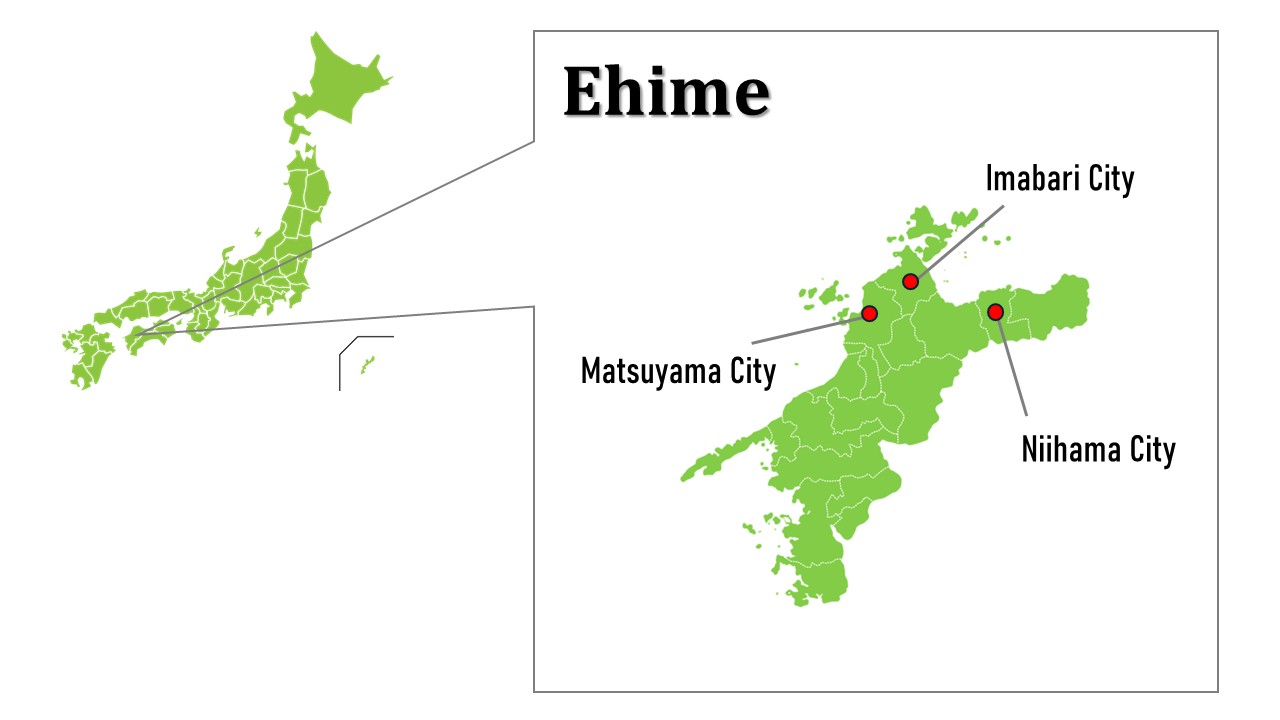
- Matsuyama City
- Matsuyama City
- Imabari City
- Niihama City
- Approximately 1.3million
- (Dōgo Onsen): Dōgo Hot Springs
- Matsuyama Castle
- Shimanami Sea Route
- Sea bream rice
- Jakoten (fried fish cake)
- Imabari towels
- Tobe-yaki
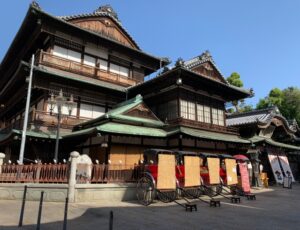
Dōgo Onsen Honkan – A historic wooden bathhouse said to be one of Japan’s oldest hot springs, preserving the charm of the Meiji era.
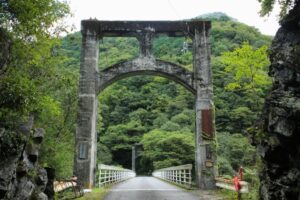
Toro Bridge – A graceful stone arch bridge nestled in a quiet valley, echoing the charm of Japan’s historical landscapes.
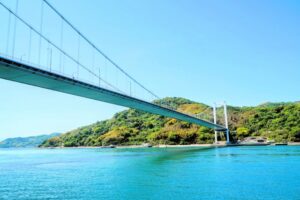
Ōshima Bridge on the Shimanami Kaidō — a majestic arch bridge spanning the sea, connecting islands in a scenic coastal route.
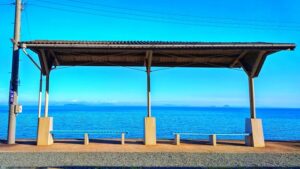
Shimonada Station — A picturesque local train stop with a platform overlooking the sea, famed for its stunning sunset views.
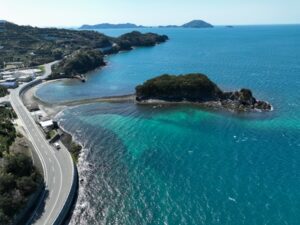
Nezumi (Rat) Island — A magical sand path appears at low tide, linking the tiny island to the mainland.
